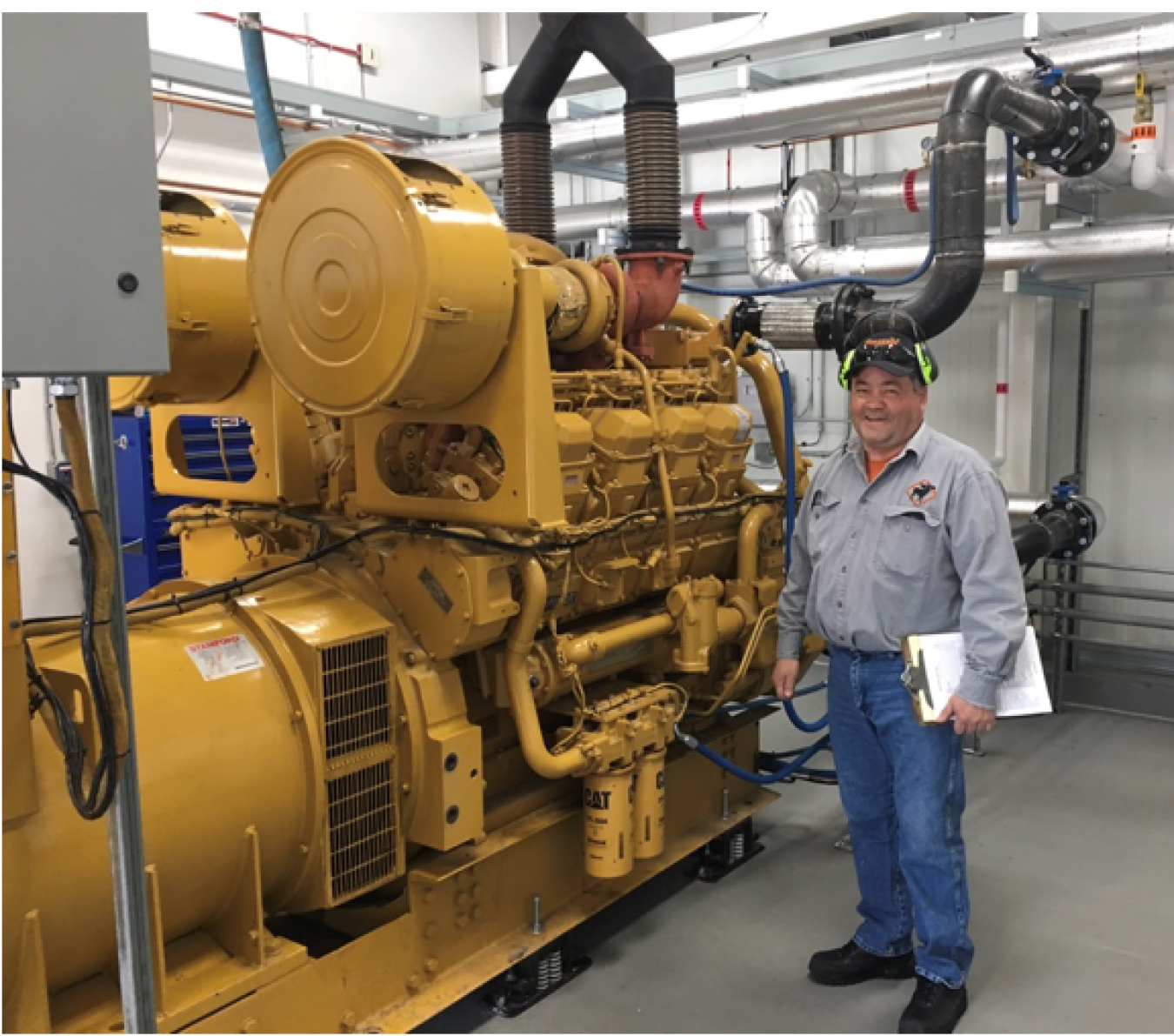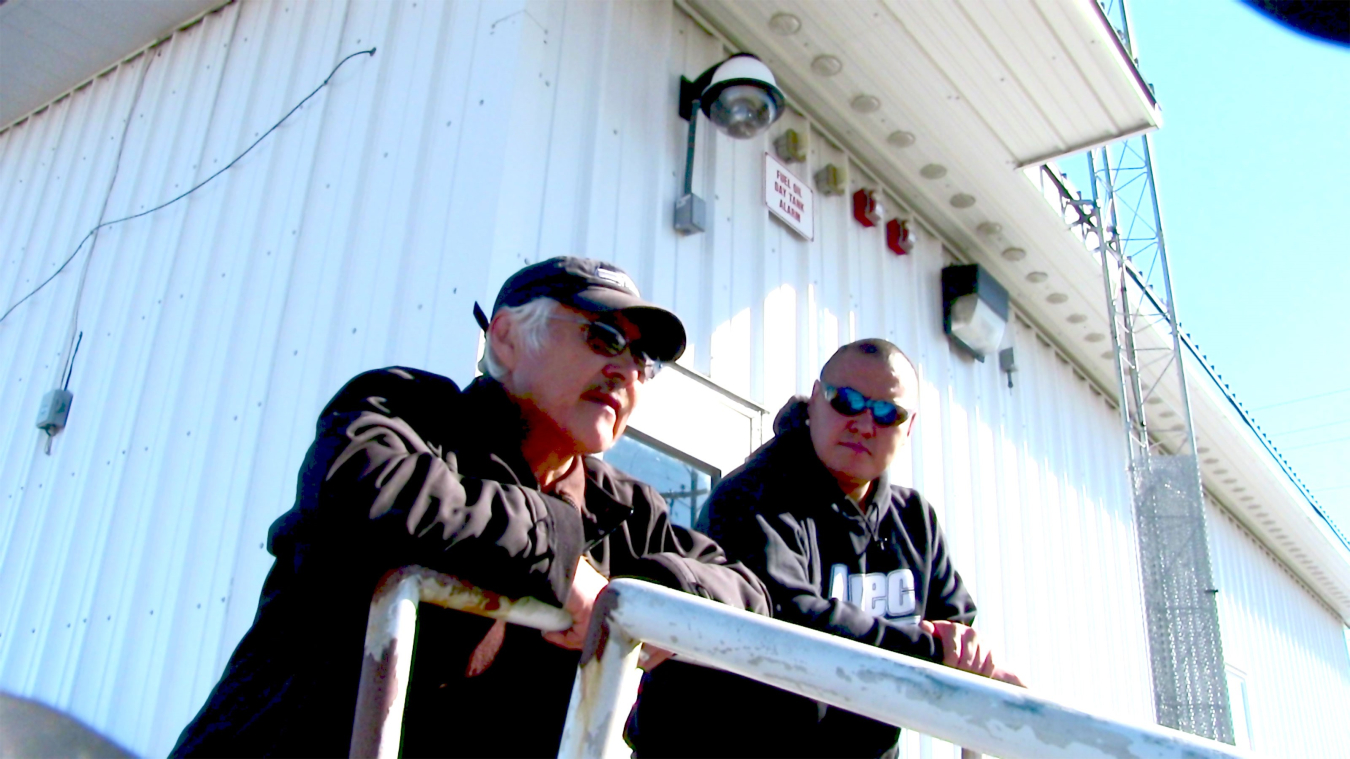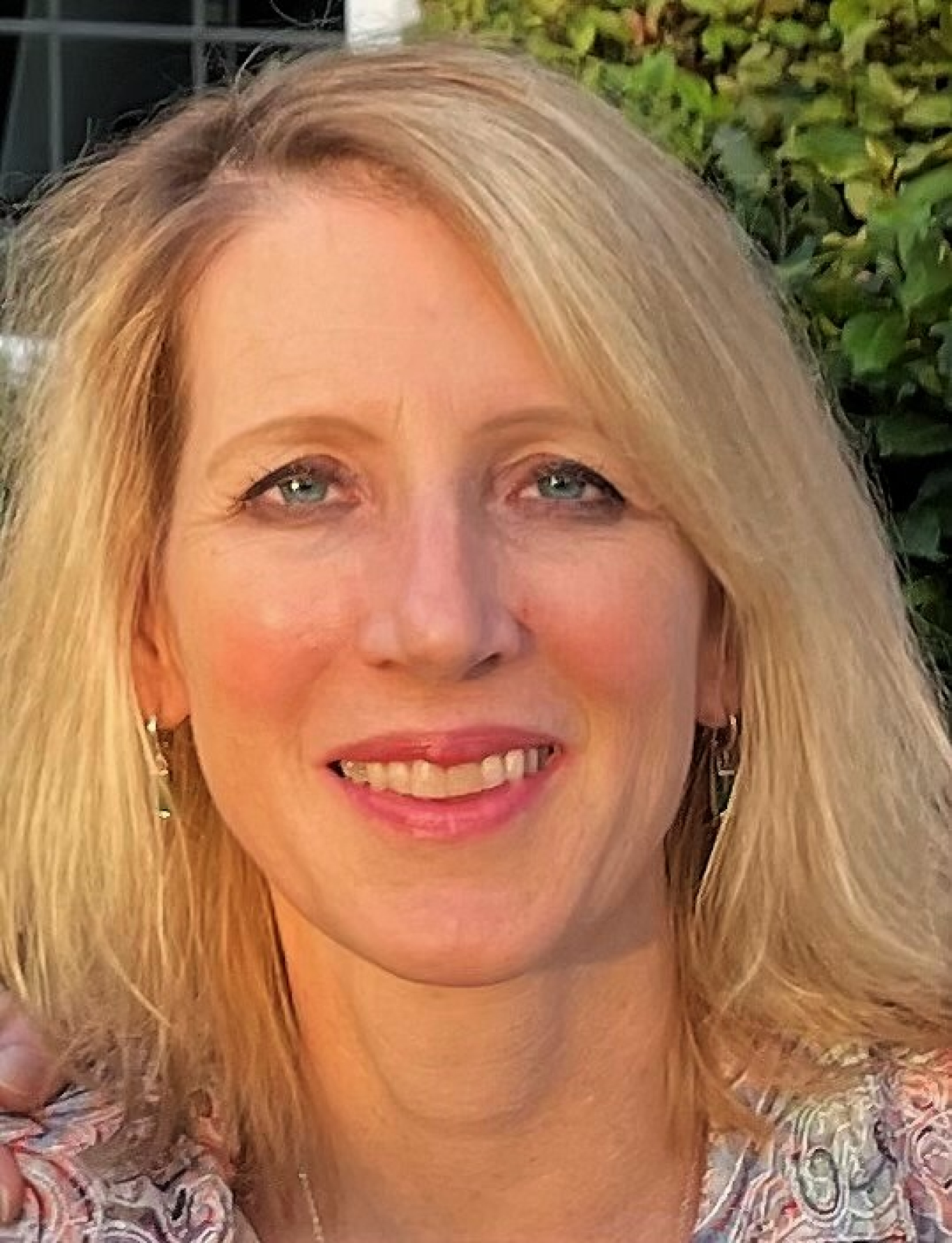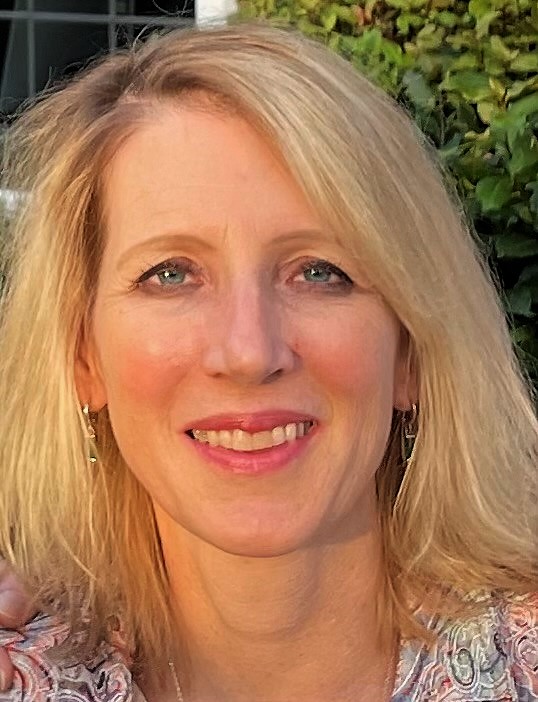Alaska’s rural stand-alone electric utilities are critical to remote villages' energy security. Through an Arctic Energy Office and Denali Commission partnership, the People in Power program started last fall to assess training of stand-alone utilities.
February 22, 2023Alaska’s rural stand-alone electric utilities are critical to the energy security of the state’s remote villages. In a region with an extreme and often inhospitable climate, energy security affects access to basic services that address not only energy needs but also food, water, and medical care. However, that security is threatened when the system goes offline, especially if the local workforce lacks the training or readily available resources to swiftly restore power. A new program called People in Power (PIP) aims to turn that situation around.
Through a unique Arctic Energy Office (AEO) and Denali Commission partnership, PIP launched last fall to assess the training needs of 40 stand-alone utilities across four job categories: governance; management; operations and maintenance; and clerical. The Renewable Energy Alaska Project (REAP) was awarded a grant to complete this assessment, which used a scorecard to narrow the list to 20 utilities most in need of improved training.

“We need an air traffic controller approach—what training resources are out there?” asked Chris McConnell, REAP’s Director of the Alaska Network of Energy Education and Employment. “How can we help you to be better in your job as a clerk, manager, operator, or governor?”
He added, “We are looking at PIP to create a repository of institutional knowledge. This program will increase energy literacy to fit the utility’s needs.” With 10% of the nation’s microgrids, Alaska’s stand-alone utilities served by PIP will greatly benefit from this enhanced institutional knowledge.
For example, many rural utilities have maintenance challenges due to staff resources. "We have long recognized that a limited number of staff in Alaska’s rural communities is spearheading multiple concurrent priorities,” said McConnell. “Many in these roles rely on subsistence fishing and hunting and are primary caregivers at home and are also tasked with 20-hour/week jobs that prove stressful and low paying. It’s tough to ask someone with little training and support to take on the various managerial, clerical and mechanical problems that crop up daily. It’s tough to keep the lights on in rural Alaska,” he said.

By directing utility workers toward existing training resources, the new program aims to reduce those energy resilience issues, said Givey Kochanowski, AEO’s Senior Advisor for Alaska. “PIP is testing the hypothesis that Alaska has well-developed training but a gap in accessing the resources—the people who need it are not tapping into it frequently. REAP will be the hand holder to connect people to those resources.”
To do that coordination work, REAP Utilities Coordinator Jacob Powell is drawing on a variety of data sources to establish efficiency metrics and then reaching out to utility staff by phone and email to learn about their needs and training preferences. Powell will then conduct a series of in-person community visits to share his findings and learn firsthand the challenges faced by stand-alone utility workers.
McConnell, who is overseeing the program, said, “We are there to build relationships and deliver work products. Repeated contact with the community is key to sustained technical assistance and troubleshooting in Alaska,” he added.

“The intent is to do delivery in person, in community training to the extent that that is the preference of the community. This is not to say that PIP will not be connecting workers to other training opportunities and coordinating attendance as well,” said McConnell. “The gap here is in the train-the-trainer sector. It is our intention to identify high functioning clerks, operators, and managers and pay them to train in region.”
PIP will conclude with a summary report regarding training, capacity building and performance improvements. This spring, REAP will also add a training and technical assistance inventory on the REAP website that lists trainers and training resources, including those provided by Alaska Regional Training Centers, state and federal agencies, larger electric utilities and other entities. The program goal is to deliver one training session per quarter in each job category, starting this fall. REAP will also provide a lessons learned document and best practices guide regarding rural Alaska technical assistance outreach.
“We hope that a solid set of best practices about what and how training resources are most effective will better serve communities,” said Katie Conway, Energy Program Manager at the Denali Commission.

Ultimately, those best practices will lay the foundation for the communities’ place-based solutions as they improve and augment their diesel generation with renewable energy resources. "DOE and the Denali Commission recognize that developing best practices for the operation, maintenance, management and governance of Alaska's stand-alone utilities has to be a collaborative process. PIP is foregrounding the voices, preferences and workforce needs of the people best positioned to improve energy security," said McConnell.
"Bringing on renewable energy is a clear pathway to a better life, but we cannot make that leap until diesel runs efficiently. Electricity is a quality-of-life issue. The goal is community-wide energy literacy to increase that quality of life."
Carolyn Hinkley

Carolyn Hinkley is a communication specialist in the Office of Electricity (OE). In this role, she helps to manage executive communications and internal and external communications, including OE's website.
She previously served as the Acting Communications Director for the Arctic Energy Office, where she managed all aspects of external and internal communications for DOE's only placed-based office in Alaska. Her role included representing Alaska Native concerns on DOE's Tribal Energy Steering Committee. Carolyn joined the Arctic Energy Office from the Office of Energy Efficiency and Renewable Energy (EERE)'s communications team, where she managed the organization's multiple websites and oversaw stakeholder outreach tools and digital best practices. In this role, she also edited a national renewable energy newsletter and provided executive communication support to the organization’s senior leaders.
Before joining EERE, Carolyn provided public affairs support to Western Area Power Administration, specifically in the areas of hydropower generation and transmission and marketing.
She earned a bachelor's degree in journalism and Spanish from the University of Colorado at Boulder, and a master's degree in information and communication technology from the University of Denver.


